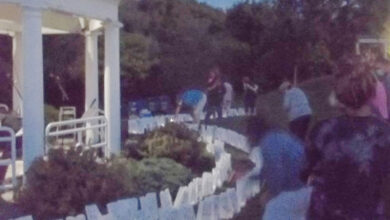History of Parma Center – Part 3 of 4 – Northwest Corner
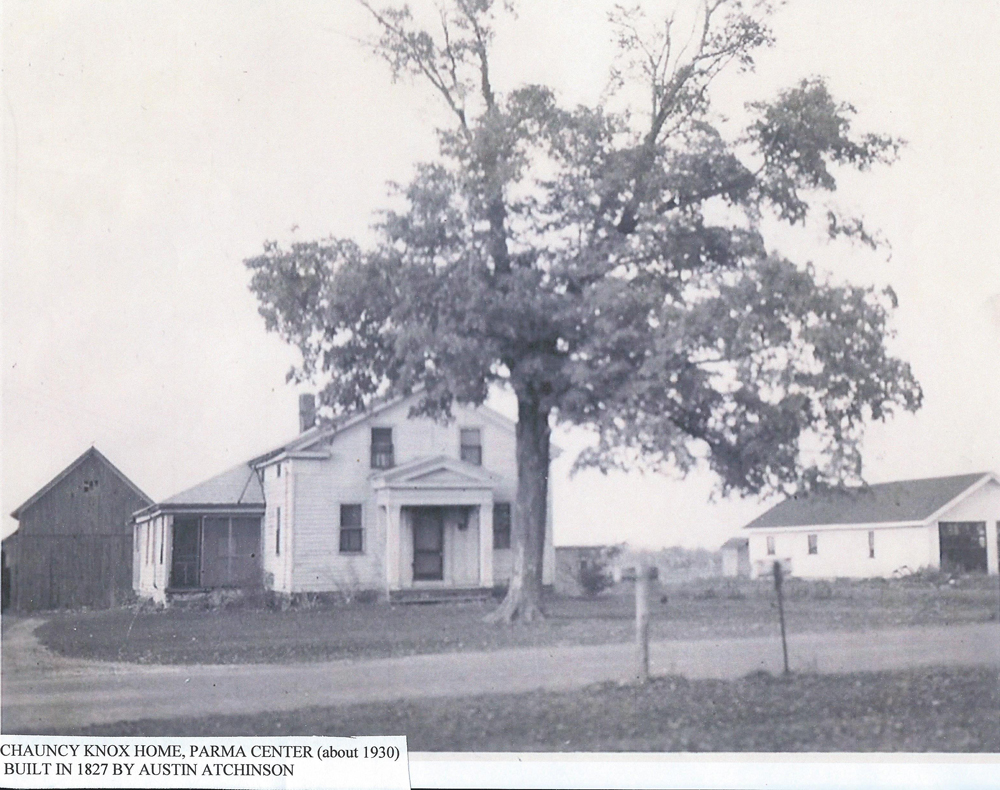
by David Crumb, Parma Town Historian
Still standing close to the northwest corner is the small blue Greek Revival style house built in 1831 by Austin Atchinson, and later owned by Parma’s most distinguished citizen of the day, Judge John Patterson. Judge Patterson served several terms as Parma Town Supervisor: 1833 to 1836; 1853; 1856; and 1863 to 1864. Judge Patterson was also Parma’s first resident to serve as New York State Senator from 1855 to 1859. He settled many disputes in the community during his legal career and was highly respected. He died unexpectedly on March 17, 1870 while milking his cow in the barn behind the house. Parma residents honored him by taking up a collection of $2,000 to erect the tallest spire in Parma Union Cemetery, a granite obelisk still standing as a testament to the goodwill which the old Judge generated in the Parma neighborhood during his dedicated service. His house has subsequently been home to many other families over the years. Among those families are the Cox and Feil families. It is the only original structure still left standing at the four corners.
Just to the north of Judge Patterson’s house is a small building that served as his law office, and later as a broom shop operated by his blind nephew Louis Augustus Patterson, better known in the day as “Blindman Patterson.” Louis Patterson was a well-educated young man, but at the age of 21 lost his eyesight. He entered the State School for the Blind in Batavia in 1878 and learned the trade of making brooms. After Judge Patterson’s death, he moved to the Patterson home in Parma Center where he used the former law office to make and sell his brooms. He supported himself, his stepmother, and his sister by his craft. His obituary states that he walked over 700 miles over the course of a year selling his brooms in Parma, Ogden, and the Rochester area. He had a fine baritone voice and passersby would stop and listen to him as he sang while turning out his brooms. As a singing master, he also trained young men and women to use their voices effectively in local church choirs.
North of Judge Patterson’s home is the old home of George Washington Winship. Mr. Winship, a farmer, was also a community leader. He was a trustee of the Methodist Episcopal Church, a founder of the Clio Masonic Lodge in 1877, and a founder of the Parma Grange. He married Eliza Twentymon, the sister of Edwin Twentymon, a neighbor across the street. He was also the grandfather of Lloyd “Hy” Burritt Sr. of Hilton. Some of his descendants still live in the area.
Going west on Parma Center Road, most of the old homes and buildings on the north side still stand and there still exists a sense of the old neighborhood atmosphere. Just west of Judge Patterson’s home is the Ward Cox house. He was the father of the late Parma Historian, Shirley Cox Husted, and her sister, Village of Hilton Historian, Leith Cox Wright. Ward ran a gas station at Parma Center for many years on the site of Justice Florist. He also salvaged wood from the old Hilton Union School as it was being demolished in 1929 and used the wood to build the apartment building that stands just north of the Judge Patterson house and broom shop. In the Parma Hilton Museum, there is a sign from Ward’s gas station selling gas priced at $.09 a gallon.
Several houses west of the Cox house is the original Greek Revival style home of Chauncy Knox; reputed to have been built by Austin Atchinson in 1827. When Knox arrived at Parma Centre in 1830 from Madison County, New York, he later purchased this house and built his general store on the southwest corner of the intersection (later to be discussed). The lines of this house are much the same as when first built, however, the small pillared front entry is gone. For many years it was occupied by the De Rosia family.
The last building on the northwest side is the old Presbyterian Church built in 1844. This historic building is owned by the Town of Parma and is the oldest standing church edifice in the Township. It served as a church until recent times and later served as the first Parma Museum. The church’s appearance is unchanged although the building’s foundation was raised in the early 1900s to create a useable basement, and at the same time the pitch of the roof was increased to a 90 degree angle from the earlier 45 degree angle.
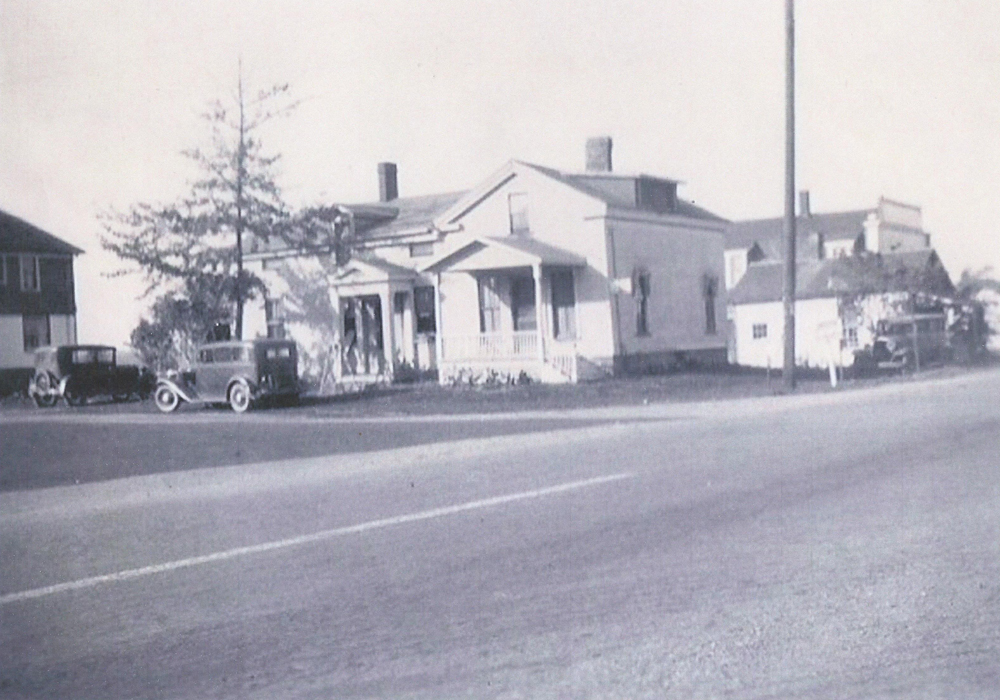
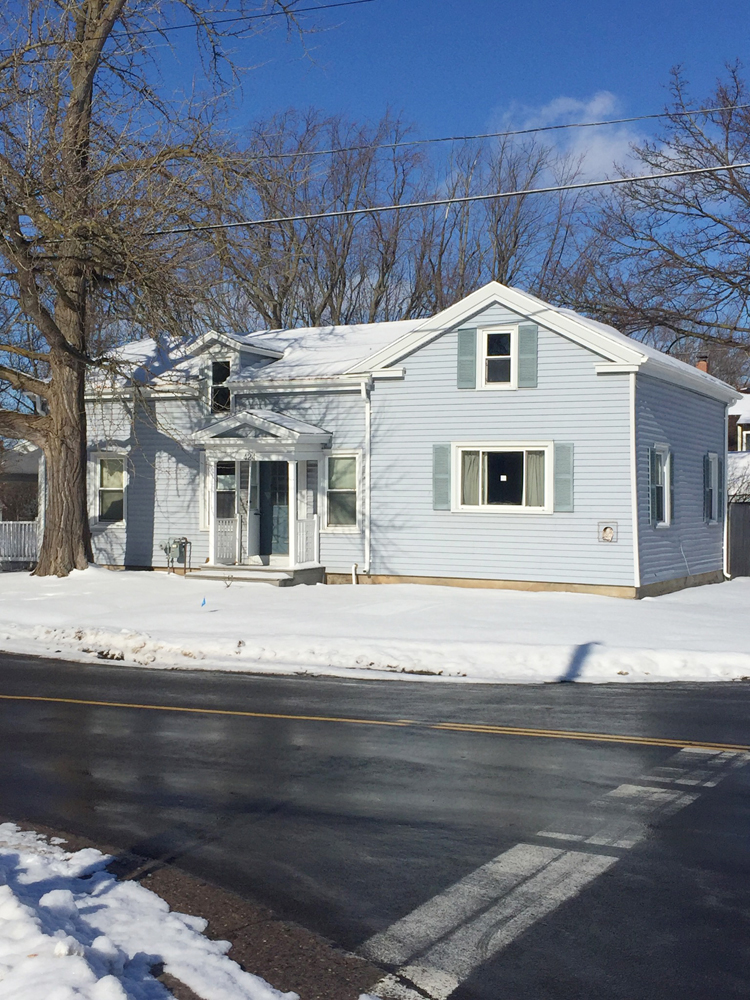
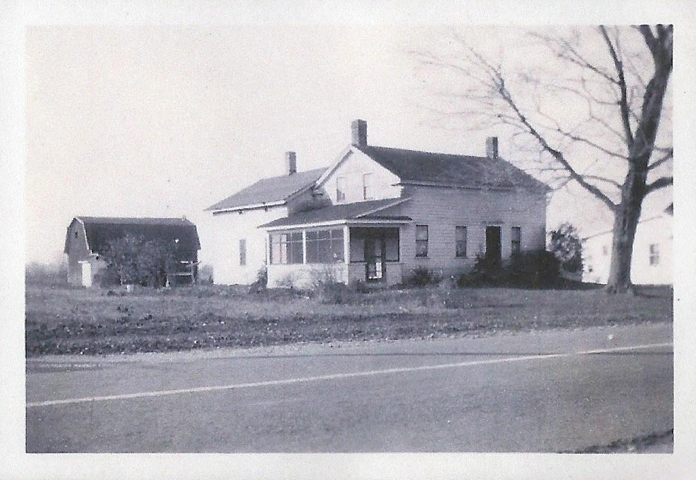
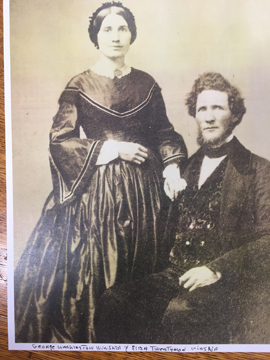
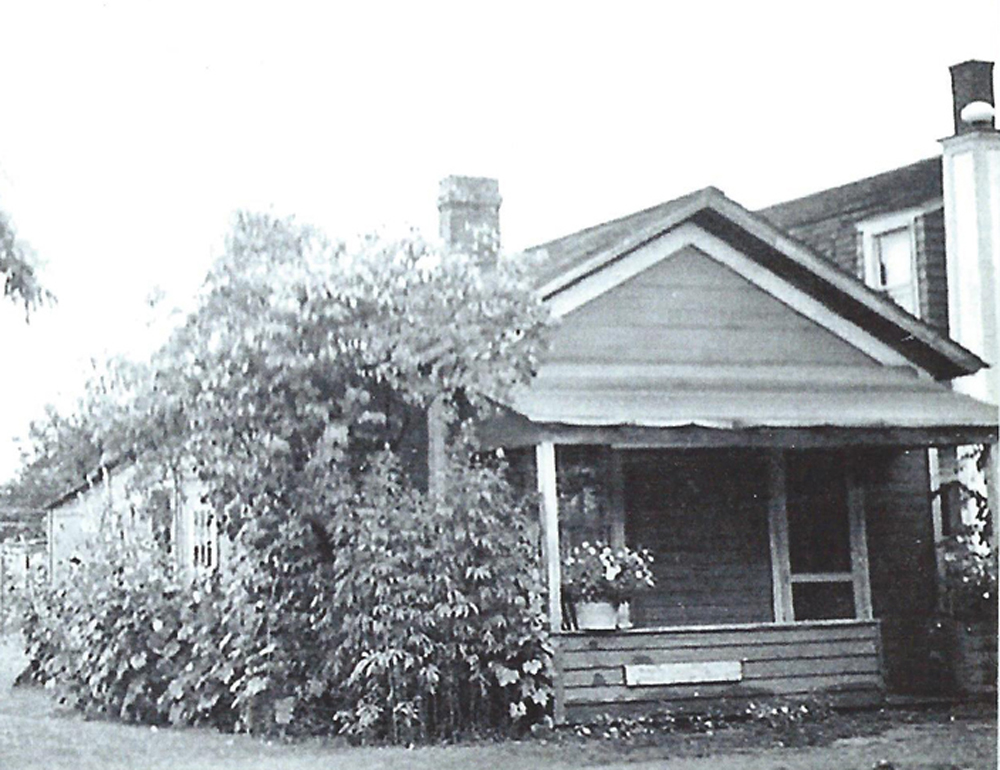
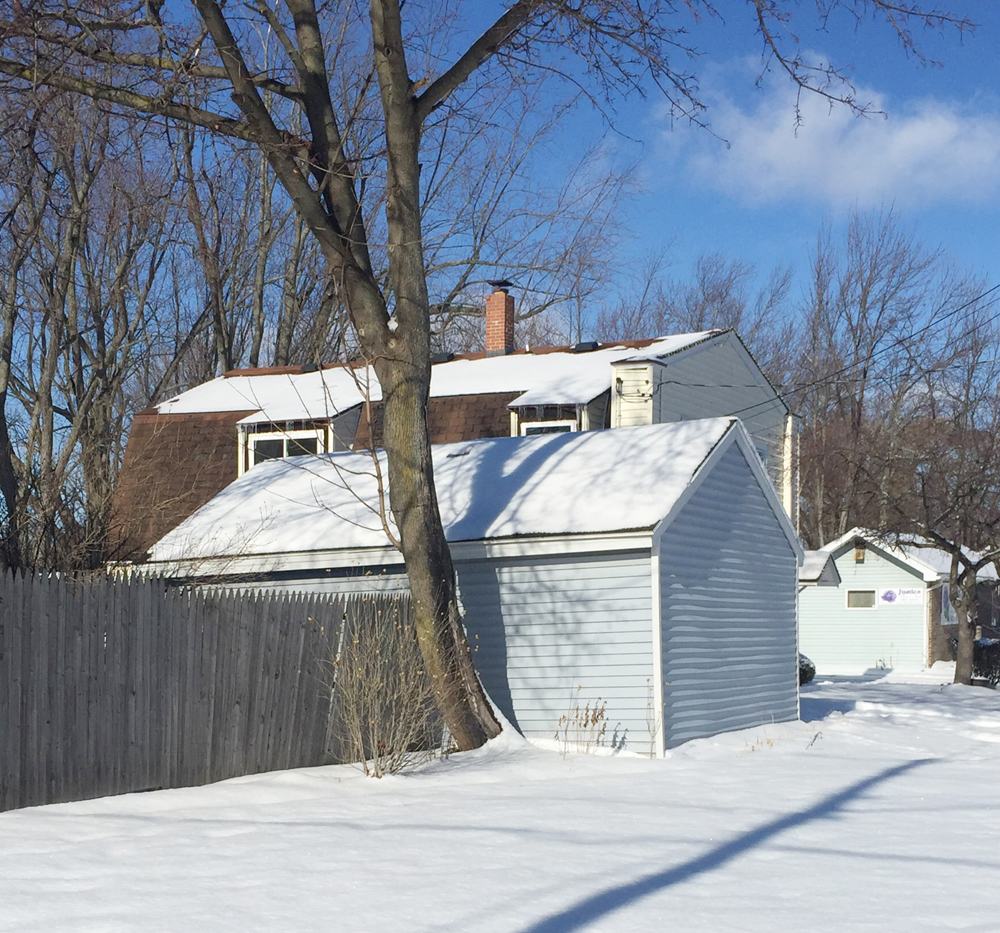
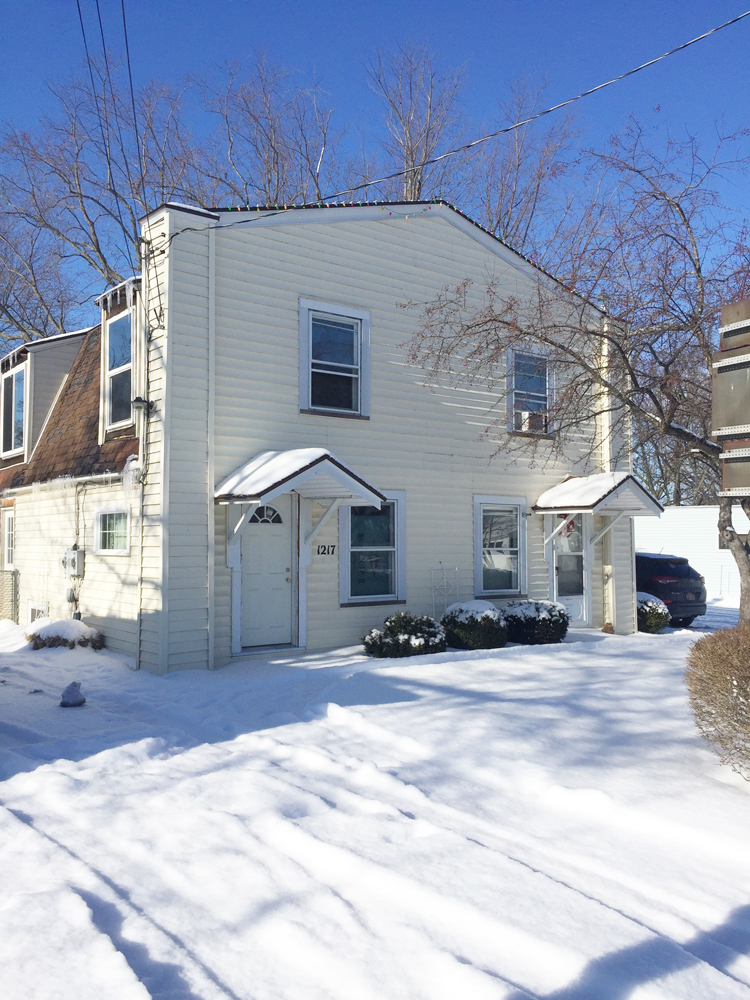
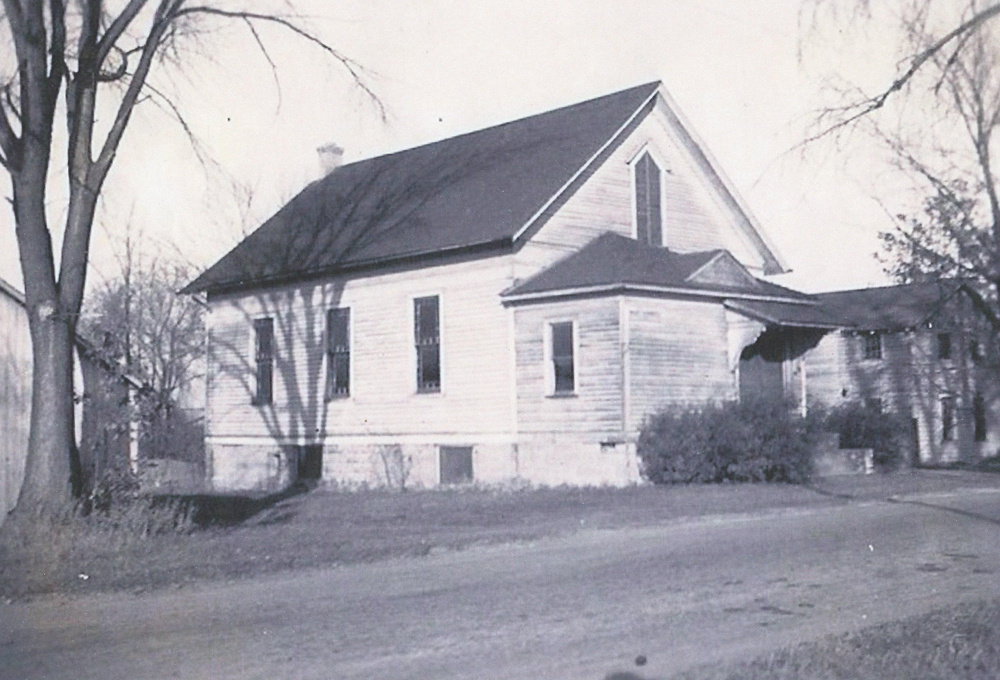
Watch for Part 4 on the Southwest Corner coming soon.


